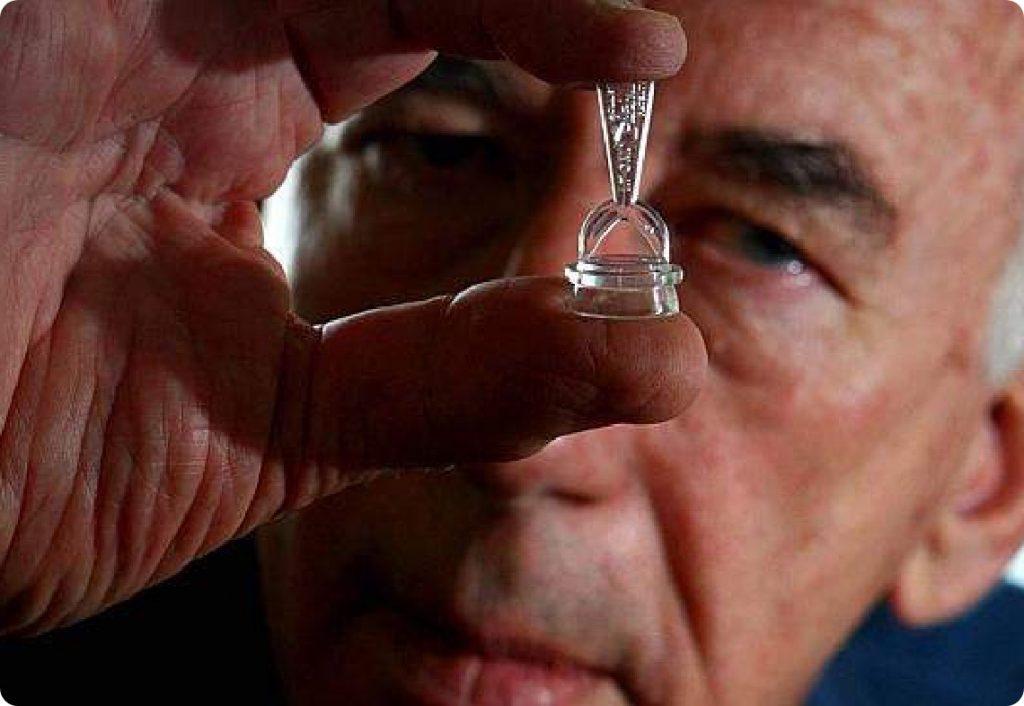Circumcision?
What is circumcision?
Circumcision is a simple surgical procedure that involves the removal of the foreskin, a sleeve of skin covering the end of the penis.
Circumcision is one of the oldest and most common surgical procedures performed worldwide.
Circumcision has been performed for thousands of years to honour religious traditions and the culture of indigenous people who live in hot environments such as Australia, the Pacific Islands, equatorial countries, the Middle East, Africa and the Americas.
With advances in surgery in the 19th century, and increased mobility in the 20th century, the procedure was introduced into some previously non-circumcising cultures for both health-related and social reasons.


What are the benefits of circumcision?
- Eliminates the risk of phimosis, which affects 1 in 10 older boys and men. This condition refers to a tight foreskin that cannot be pulled back fully, so making cleaning under it, and passing urine, difficult. Phimosis increases the risk of penile cancer 12-fold.
- Reduces the risk of inflammation and infection of the skin of the penis 3-fold. 1 in 10 uncircumcised men get inflammation of the head of the penis which is covered by the foreskin.
- A 5-fold decrease in risk of the man’s female partner being infected by Chlamydia or contracting cervical cancer (which is caused by the high-risk human papillomavirus).
- A greater than 10-fold decrease in the risk of urinary tract infections
- A greater than 20-fold decrease in the risk of invasive penile cancer
- Reduces the risk of contracting HIV (Aids)
Reference
Brian J. Morris, Athos Katelaris, Norman J. Blumenthal, Mohamed Hajoona, Adrian C. Sheen, Leslie Schrieber, Eugenie R. Lumbers, Alex D. Wodak, Phillip Katelaris. Evidence-based circumcision policy for Australia. J. Mens. Health 2022, 18(6), 132. https://doi.org/10.31083/j.jomh1806132




The Plastibell Technique
The Plastibell Technique uses a device called a Plastibell, which fits inside the foreskin, over the head of the penis.
A string is then tied around the outside of the foreskin, so that the foreskin is compressed between the plastibell on the inside and the string on the outside. The compression between the string and the bell essentially clamps off the blood flow to the end of the foreskin. After a short period of time, generally 3-7 days, the plastibell will separate from the penis and the circumcision will be complete.
Russell Medical have performed over 73,000 circumcisions using this proven method. Today the plastibell technique is used in over 30 countries.
Advantages of the Plastibell
- The skin compression cuts off circulation to the foreskin, so the bleeding risk is low.
- As the circulation is cut off via the plastibell, it is difficult for infection to ascend beyond that point.
- The clamping also cuts off the nerve supply so that it is virtually painless for the patient post procedure.
- The Plastibell sits on the head of the penis defining the level at which the circumcision occurs ensuring a quality outcome.
- The Plastibell protects the head of the penis from damage during the procedure.
- No general anaesthetic required.
- No dressings are necessary post procedure and babies can be bathed normally.
- Older boys can resume normal activities immediately and the plastibell separates of its own accord.
-
The plastibell techniques is effective at minimising all of the following risks which are usually associated with conventional circumcision techniques:
- Bleeding
- Infection
- "Botched" surgery
Anaesthetic cream is an effective and safe form of anaesthesia for circumcision using the plastibell technique.

Brisbane’s most experienced provider
With over 50 years of experience and over 73,000 procedures performed, you can trust Russell Medical to deliver the very best in quality and service.
One of our friendly team will contact you within 8 business hours.

